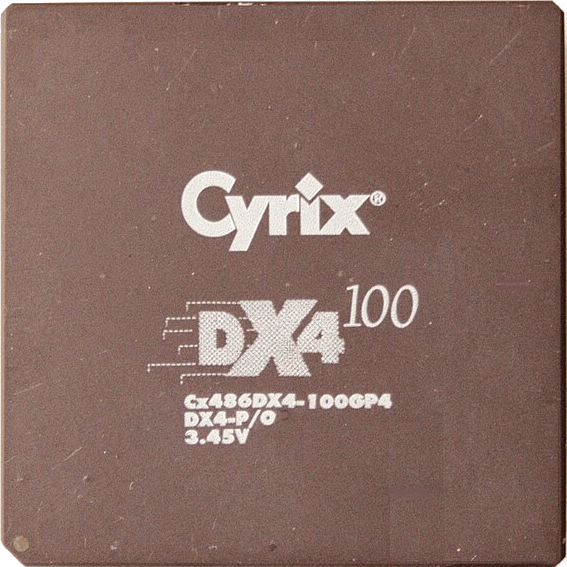

Oh, I didn’t want to suggest that there is no value in using a reverse-proxy, there certainly is. Just don’t expect it to do anything for you in terms of application security. The application behind it is just as exposed as it would be without a proxy. So if there was a security flaw in that application, the reverse-proxy does not help at all.

While you can do that, you should be aware of the security implications (every application can see and modify every other application’s cookies). If at all possible, I would try to avoid this setup.